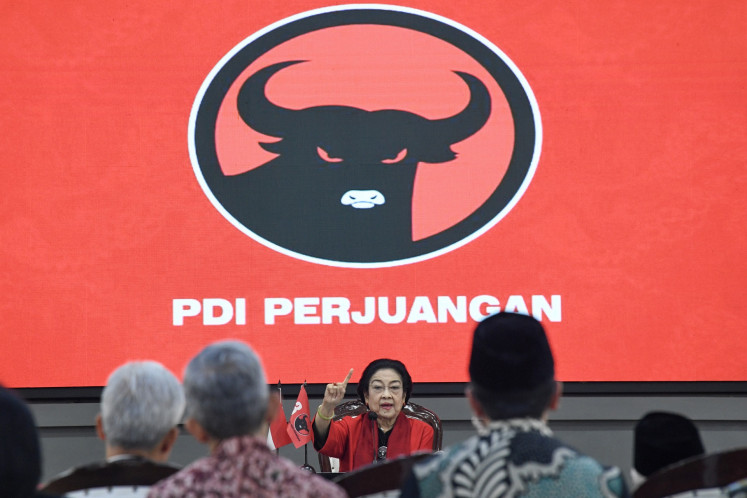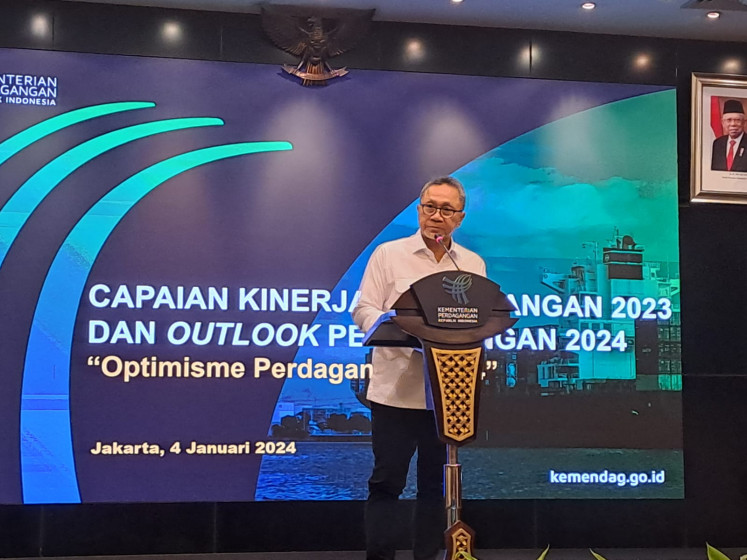Archeologists analyzing ancient staple food
Experts from the Yogyakarta Archeological Center are still analyzing the remains of ancient maize, rice, coconut and nutmeg recently found at the Liyangan site in Purbosari village, Temanggung, Central Java
Change Size

E
xperts from the Yogyakarta Archeological Center are still analyzing the remains of ancient maize, rice, coconut and nutmeg recently found at the Liyangan site in Purbosari village, Temanggung, Central Java.
'We haven't determined the age of the findings as we are still doing the carbon dating. They are estimated to be from the 10th century,' Sugeng Riyanto, head of the research team, told The Jakarta Post on Wednesday.
He said the maize, which had turned into charcoal, was found in the southern part of the archeological site, which was believed to have been the site of human habitation during the Mataram era between the 7th and 11th centuries.
The Liyangan site is thought to date back to the same period as the Dieng, Gedong Songo, Borobudur, Prambanan and Ratu Boko archaeological sites. It was originally found by accident in 2008 by local residents mining sand.
The Yogyakarta Archeological Center, which has been doing research in the location since 2009, divided the site into three main areas.
The first was the human settlement area where researchers found relics of metal weapons, rice barns, wooden houses and a ceramic factory.
The second was the worship area, where a temple was found. The last was the farming area, where researchers spotted the remains of the staple foods.
Separately, head of the research center, Siswanto, said the staple food findings indicated an international agricultural network in Indonesia. He said the findings could provide evidence of import activities from that time.
'This finding is very helpful to trace the history of agricultural cultivation and technology in Java,' Siswanto said.
He said maize, for example, was not endemic to Java. The findings, he said, could show some imports from Latin America, which would prove international relations during that period.
'The [Hindu-Buddhist] culture itself originated from other countries and artifacts, such as ceramics and iron, were imported from China and other Asian countries,' Siswanto said.
He said the rice finding also provided evidence of well-managed food endurance in Java.
Apart from excavating the Liyangan site, the center also plans to research the colonial cultural heritage in Banyumas regency, Central Java.
'There are many abandoned buildings with a colonial legacy in Banyumas. Unfortunately, the regency administration pays no attention to them,' Siswanto said.









